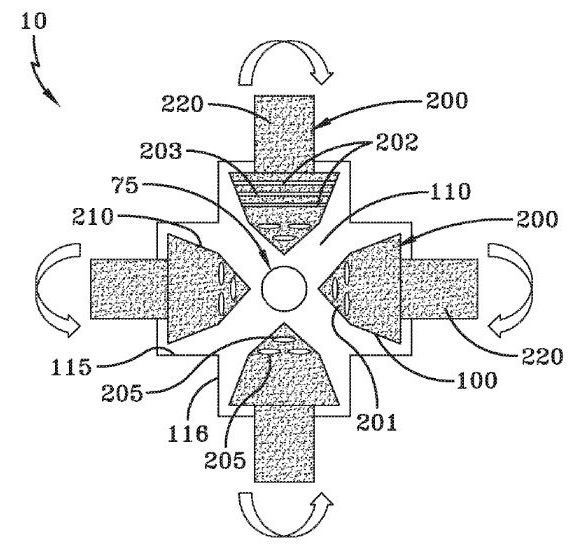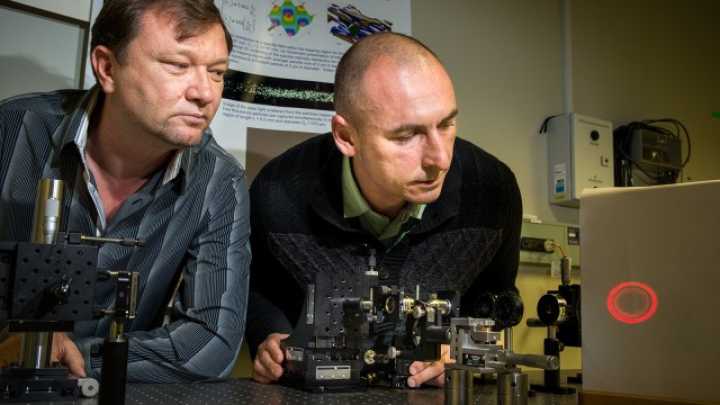Essentially the higgs boson could create a replicator and even a teleportation device.
Can you think of any? Here’s what I mean. When we set about justifying basic research in fundamental science, we tend to offer multiple rationales. One (the easy and most obviously legitimate one) is that we’re simply curious about how the world works, and discovery is its own reward. But often we trot out another one: the claim that applied research and real technological advances very often spring from basic research with no specific technological goal. Faraday wasn’t thinking of electronic gizmos when he helped pioneer modern electromagnetism, and the inventors of quantum mechanics weren’t thinking of semiconductors and lasers. They just wanted to figure out how nature works, and the applications came later.

So what about contemporary particle physics, and the Higgs boson in particular? We’re spending a lot of money to look for it, and I’m perfectly comfortable justifying that expense by the purely intellectual reward associated with understanding the missing piece of the Standard Model of particle physics. But inevitably we also mention that, even if we don’t know what it will be right now, it’s likely (or some go so far as to say “inevitable”) that someday we’ll invent some marvelous bit of technology that makes crucial use of what we learned from studying the Higgs. So — anyone have any guesses as to what that might be? You are permitted to think broadly here. We’re obviously not expecting something within a few years after we find the little bugger. So imagine that we have discovered it, and if you like you can imagine we have the technology to create Higgses with a lot less overhead than a kilometers-across particle accelerator.






